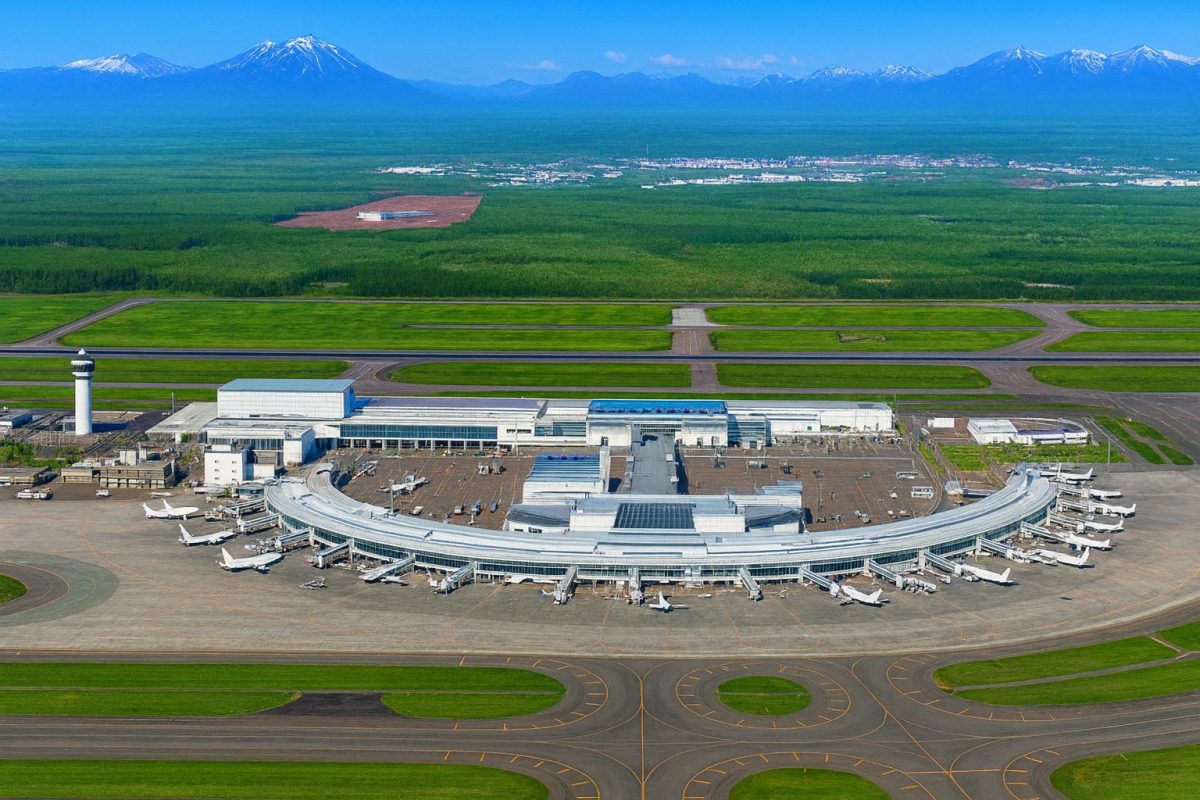| population | 97,132 peoples |
|---|---|
| area | 594.50 km² |
| population density | 163 peoples/km² |
Chitose City, located in central Hokkaido (Dōō region) and part of the Ishikari Subprefecture, is widely recognized as the “Gateway to the Sky of Hokkaido” thanks to New Chitose Airport. The city lies about 40 km southeast of Sapporo, spreading across the southern end of the Ishikari Plain, with the Shikotsu Lake and mountain ranges extending to the west. This unique geography brings together convenient urban functions and rich natural landscapes. Among its natural highlights, Lake Shikotsu boasts the highest water transparency in Japan, making it a nationally renowned sightseeing destination. The city is also famous for its abundant underground water sources, including Nai Betsu River springs, which are selected among the “100 Best Waters of Japan.” The economy of Chitose is balanced across agriculture, industry, and tourism, while the presence of New Chitose Airport has created strong clusters of aviation-related businesses and industries. It also hosts the Japan Ground Self-Defense Force and the Air Self-Defense Force, making it one of the country’s most prominent “military towns.” Thanks to these unique features, Chitose has one of the youngest demographics in Hokkaido, fostering a vibrant community. Seasonal festivals, local specialties, and natural attractions from Lake Shikotsu to the city center continue to attract visitors, making Chitose an appealing destination where nature, history, and modern infrastructure coexist.
Culture & Traditions
The culture and traditions of Chitose are deeply shaped by the legacy of the Ainu people and the modern development brought by the airport. The original Ainu name “Shikotsu” meant “big depression river,” and later, because cranes (a symbol of longevity) thrived in the region, it was renamed “Chitose.” Today, Ainu traditional dances and crafts remain preserved as valuable cultural assets, with opportunities for visitors to experience them at local events and exhibitions. New Chitose Airport is not only a hub for transportation but also a cultural and economic engine. Festivals such as the “Chitose Salmon Festival,” where salmon returning to the Chitose River can be seen up close, reflect the city’s unique harmony between nature and community. Residents use the Hokkaido dialect in daily conversations, showcasing their distinct identity, while community gatherings like the “Chitose Citizens’ Festival” and “Snow Light Path” illuminate the city’s vibrant local culture. Agriculture also plays a crucial role, with fertile soil and clear water supporting the production of asparagus, rice, and vegetables, many of which are shipped nationwide. The forests and waters of Lake Shikotsu serve not only as tourism resources but also as cultural touchstones for the community. Chitose is a place where the coexistence of culture, nature, and community traditions creates an atmosphere rich in heritage and vitality.
Local Specialties
- Chitose Wine: Locally produced at city wineries, these wines benefit from the cool climate around Lake Shikotsu, offering fruity aromas and a refreshing taste. A popular souvenir for tourists.
- Chitose Asparagus: Grown in cold climates, these asparagus are known for their sweetness and rich flavor. Harvested in spring to early summer, they are highly sought after in local markets.
- Chitose Salmon: Salmon associated with the Chitose River, especially showcased at the Indian Water Wheel Park, are a symbolic product of the city.
- Airport-exclusive sweets: Within New Chitose Airport, well-known Hokkaido brands such as Royce’, LeTAO, and Kinotoya sell limited-edition sweets, perfect for travel memories.
- Chitose Beer: A pioneer of local craft beer, brewed with unique techniques, offering a smooth yet deep flavor, available in local restaurants and even inside the airport.
Annual Events
- Chitose Salmon Festival (September): Held at the Indian Water Wheel Park, this popular festival features salmon catching experiences, food stalls, and lively events.
- Chitose Citizens’ Festival (Summer): The largest community event in Chitose, with bon-odori dances, fireworks, and food stalls, attracting large crowds of locals and visitors.
- Chitose Snow Light Path (February): An enchanting winter event where candlelit snow statues light up the city streets, creating a romantic and magical atmosphere.
- Chitose Airport Festival (Summer): A family-friendly aviation event held at New Chitose Airport with aircraft exhibitions and guided tours of restricted areas.
- Lake Shikotsu Summer Festival (Late July): A lakeside festival with fireworks, canoeing, and local food offerings, celebrating the beauty of Lake Shikotsu.
Access
- By Air: New Chitose Airport connects to major cities across Japan and Asia. From the airport, downtown Chitose is easily accessible by bus or train within minutes.
- By Train: From Sapporo, JR Chitose Line’s Rapid Airport service takes about 30 minutes to reach Chitose or Minami-Chitose stations.
- By Bus: Highway buses run frequently from Sapporo and Tomakomai. Airport shuttle services are also abundant, offering great convenience.
- By Car: About 1 hour from Sapporo via the Dōō Expressway. Rental cars are available at the airport, making it a convenient base for touring Hokkaido.
- By Bicycle: Cycling around Chitose and Lake Shikotsu is popular among outdoor enthusiasts, though it requires stamina and time due to long distances.
Tourist Attractions
- Chitose Outlet Mall Rera – One of Hokkaido’s largest outlet malls, featuring fashion, dining, and entertainment. Conveniently located near the airport.
- Lake Shikotsu – Famous for its transparency and scenic beauty. The lake area offers hot springs, campgrounds, and seasonal nature activities.
- Salmon Park Chitose (Aquarium) – Located next to the Indian Water Wheel Park, this facility introduces the life cycle of salmon and freshwater fish through interactive exhibits.
- New Chitose Airport – More than just an airport, it features observation decks, entertainment zones, and even an on-site hot spring.
- Lake Utonai – A nationally designated bird sanctuary and wetland, famous for migratory birds. Ideal for birdwatching and nature walks.
